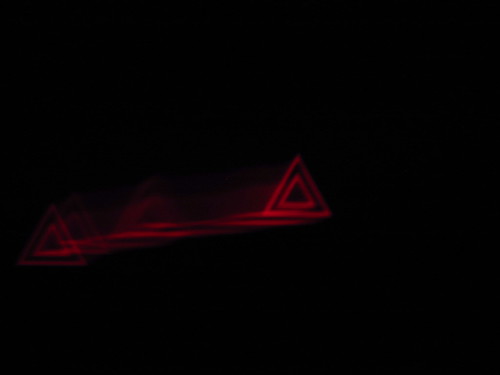5 Kitchen Habits You Have to Stop—They’re a Fire Hazard, According to an Expert
Hazard #Hazard

They may seem obvious, but we’re all guilty of these habits.
It’s National Fire Prevention Week, and fittingly, this year’s theme surrounds cooking safety. You may think that you’re doing everything right in the kitchen, but according to the National Fire Prevention Association’s (NFPA) communications manager Susan McKelvey, there are some habits that you may not even realize are a fire hazard.
We talked to McKelvey: Here are 5 kitchen habits that you need to stop doing as soon as possible because they could cause a fire in your home.
Related: What Happens When You Put Foil in an Air Fryer?
1. You don’t monitor your active stove or oven.
It may seem obvious, but we’re all at least a little guilty. If you have something simmering on your stovetop or baking in the oven, it can feel tempting to leave it be and do some other chores around the house. McKelvey stated that this is a no-go.
“Unattended cooking is by far the leading cause of home fires and home fire deaths,” she said, referencing the latest NFPA’s U.S. Home Cooking Fires report. “The term ‘unattended’ includes cooking fires that happen when people are not monitoring what’s cooking, including when they get distracted, leave the room or fall asleep.”
2. You leave flammable or combustible items around an open flame.
It’s handy to have your oven mitt or potholder nearby, but resting it next to the stove is asking for a disaster.
“Abandoned or discarded materials, which may be the result of unattended cooking, ranked second in the causes of cooking fires and fourth in cooking fire deaths and injuries,” McKelvey reported.
It’s best to keep these items at a distance, and when you’re done with any paper or plastic wrappers while cooking, dispose of them immediately to avoid another fire hazard.
“Keep anything that can burn, such as dish towels, oven mitts, food packaging and paper towels, at least three feet away from the stovetop and cooking appliances,” McKelvey added.
3. You assume that your electric stove won’t cause a fire.
While it’s not an open flame, if you’re thinking that your electric stovetop is safer than a gas stove, that’s where you’re mistaken.
“Ranges or cooktops were involved in 53 percent of the reported home cooking fires, 88 percent of cooking fire deaths, and 74 percent of cooking fire injuries. Households with electric ranges had a higher risk of cooking fires and associated losses than those with gas ranges,” McKelvey said.
Leaving anything flammable around these burners is still unadvised, even if it seems otherwise.
Related: Frigidaire Gas Cooktops Are Being Recalled Due to Gas Leak Risk
4. Your pot handles face you while you’re cooking.
It’s an easy grab, but it’s in the way, causing a higher likelihood of the pot or pan being knocked over. Plus, if a grease fire occurs, you may instinctively grab the handle to bring to the sink—don’t do that! Here’s a tip from McKelvey on how to place your pot on the stove and how to appropriately take care of a small grease fire.
“Turn pot handles toward the back of the stove,” she explained. “Keep a lid nearby when cooking. If a small grease fire starts, slide the lid over the pan and turn off the burner.”
5. You leave your kids and pets unattended in the active kitchen space.
It’s easier said than done, but for the safety of your entire family, McKelvey suggested keeping young children and pets away from the kitchen while you’re cooking.
“Create a ‘kid- and pet-free zone’ of at least three feet around the cooking area and anywhere else hot food or liquids are prepared or carried,” she said.
For more kitchen safety advice, check out this list of 10 things in your kitchen you should throw away.
Up next: Is It Safe to Eat Burnt Food?
Read the original article on Eating Well.